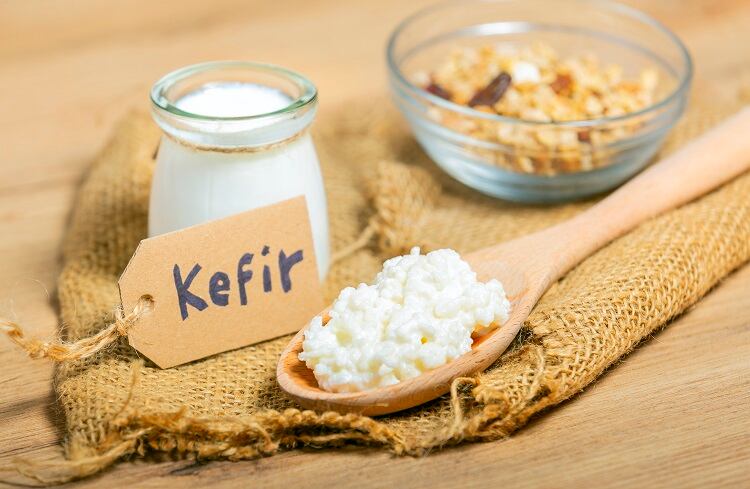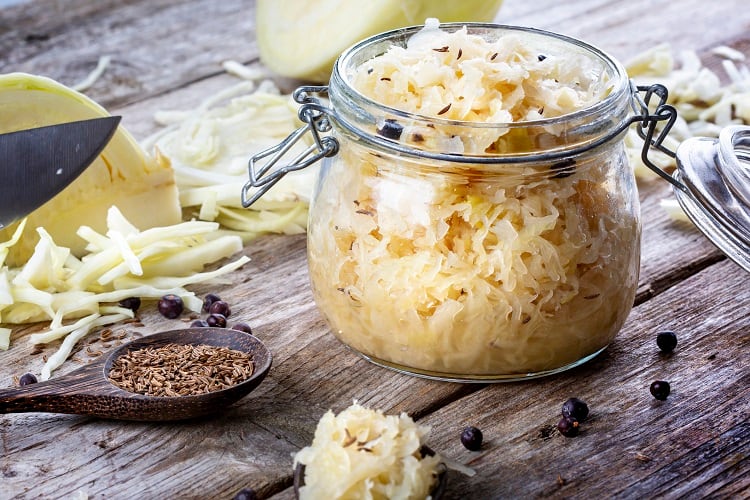The gut health trend is one that few will have predicted. But its meteoric rise from a subject primarily discussed by dieticians and doctors to one openly discussed amongst friends, family and colleagues, is undeniably impressive.
Prior to the gut health revolution, many people only considered their gut when experiencing symptoms such as bloating, constipation or digestive issues. That all changed, seemingly overnight, when awareness of the power of the gut microbiome made gut health the go-to term for overall health.
And with that increased understanding and interest, has come the inevitable increased demand for gut-friendly products, with figures from market research firm SkyQuest valuing the digestive health products market at $51.7bn (€48.1bn) in 2023.
Furthermore, figures from Mordor Intelligence show that the European prebiotic ingredient market is expected to grow at a CAGR of 7.11% from 2020–2025 and the European probiotic ingredient market is expected to grow at a CAGR of 5.35% from 2020-2025.
It’s no surprise then that interest in the lesser-known postbiotic is beginning to grow as the gut health trend continues to gather pace.
What are prebiotics in food?
Prebiotics in food are compounds which support the beneficial microorganisms or good bacteria in the gut (gastrointestinal tract).
Dietary prebiotics are typically non-digestible fibre compounds that pass undigested through the upper part of the gastrointestinal tract, supporting the growth of the ‘good’ bacteria in the colon. Prebiotics were first identified and named by academic researcher Marcel Roberfroid in 1995. Prebiotics can be found in a multitude of foods, including almonds, bananas, wholegrain wheat, corn, rye and barley, and flaxseeds
What are probiotics in food?
Probiotics in foods are live microorganisms often described as helpful or ‘good’ bacteria because they help keep your gut healthy. Probiotics are available in foods such as live yogurt.
The first probiotic, Lactobacillus bulgaricus, was discovered by Bulgarian physician and microbiologist Stamen Grigorov in 1905.
What are postbiotics?
Postbiotics, also known as metabiotics, biogenics, or metabolites, are a waste product, produced when the body digests prebiotics and probiotics.
Healthy postbiotics include nutrients such as vitamins B and K, and amino acids. Postbiotics also produce antimicrobial peptides, known as host defence peptides, as they help to slow down the growth of harmful bacteria.
“Postbiotics are substances produced by gut microbes which have a beneficial effect on the body, this can be directly or indirectly,” Fiona Brannigan, dietitian and founder of Inspirit Nutrition and Dietetic Consultancy, told FoodNavigator. “Postbiotics have been shown to improve the integrity of the gut and reduce inflammation and they could help in the treatment of obesity, type 2 diabetes, cardiovascular disease and neurological conditions.”
Furthermore, because postbiotics do not contain living organisms, they are generally considered to be safer than probiotics, for people with a weakened immune system.
“There are concerns over introducing live microorganisms into the bodies for those at either end of the life cycle or those who are immunocompromised,” explains Brannigan.
The reason for this being that patients who are severely immunocompromised or immunosuppressed do not have the ability to mount an appropriate response to the microbes they come into contact with.

How to increase postbiotics in the gut
There are a number of ways to increase postbiotics in the gut. The first of these being to eat foods rich in prebiotics and probiotics.
“By eating more prebiotic and probiotic rich foods, the bacteria in your gut will produce more postbiotics,” Tami Best, functional and integrative dietitian at Top Nutrition Coaching, told FoodNavigator. “Prebiotic rich foods include garlic, leeks, asparagus, artichokes, legumes, peas, dandelion greens, bananas, honey, and prebiotic drinks. Probiotic-rich foods include non-heat-treated fermented vegetables, tempeh, miso, certain dairy and non-dairy yogurts, and probiotic drinks.”
However, postbiotics can also be formed through the fermentation process. Foods such as sauerkraut, soft cheeses, fermented breads and buttermilk are all sources of postbiotics and readily available to consumers.
There’s also the option to consume postbiotics as a supplement.
“Postbiotics can be taken in the form of sodium butyrate or calcium butyrate supplements,” explains Best.

How can food manufacturers get involved in postbiotics?
The increase in awareness of the microbiome and the fundamental role it plays in the function of the human body is fuelling a huge surge in demand for gut-friendly products.
As we know, postbiotics already exist in certain foods, but can food manufacturers further increase the availability of postbiotics for consumers?
One way dieticians and health professionals believe postbiotics can be maximised in foods is through the removal of ultra processing. Though there is much speculation regarding the health implications of consuming ultra-processed foods, it is known that some food processing methods can remove nutrients from ingredients.
“Manufacturers can help people by using whole, unprocessed foods and omitting highly processed flours and oils,” says Top Nutrition Coaching’s Best.
Increasing the availability of nutrient-rich ingredients in food products is another way the food industry could help consumers to improve the availability of pre-, pro- and postbiotics in food products.
“I think that the food industry has a role to play in increasing the diversity of the plant foods offered and used,” says Inspirit Nutrition and Dietetic Consultancy’s Brannigan. “By increasing diversity, we help to promote gut health as well as increasing fibre.”
What is the gut microbiome?
Each of us has trillions of microbes or bacteria living in our gut. These are collectively referred to as the gut microbiome. The two most common species of helpful bacteria found in our gut microbiome are Lactobacillus and Bifidobacteria. Maintaining a healthy balance between the helpful (good) bacteria and the unhelpful (bad) bacteria is fundamental in supporting a healthy digestive system, with the gut now understood to be central to health, containing more than 70% of our immune system.
The gut microbiome has been linked not just to gut health, but with the health of the entire body. The gut-brain axis or the communication between the gut and the brain is one fundamental function currently being researched by scientists and also gaining widespread recognition amongst consumers. The gut-skin axis and the gut-liver axis are two other connections which are beginning to be studied and understood. Furthermore, gut health has also been linked to the prevention of colorectal cancer and other chronic diseases.





